With fall in full swing, we are overflowing with squash, with most of it coming from Whatcom and Skagit counties, but picking one out can be daunting. Here we aim to guide you through the varieties, and help you appreciate autumn’s bounty.
Winter squash are first harvested in late summer, then cured in open air to toughen their exterior. This lengthens the life of the squash by months, and helps them last through the winter.
When selecting your squash, the stem is the best indication of ripeness. Stems should be tan, dry, and (with some varieties) look fibrous and frayed. Fresh green stems indicate that the squash was harvested too early.
Once a squash is ripe, it should have a vivid color and a matte finish. A glossy squash needs more time to ripen.
Check out the plentiful winter squash recipes and articles at strongertogether.coop.

Acorn
Generally the smallest winter squash, the acorn has a mild flavor and a somewhat tender texture that holds up well when cooked. Its durable rind helps this squash keep its shape when baked.
Best uses: baked, stuffed, or cubed and added to salads
Special varieties: “Starry Night”, notable for resembling Van Gogh’s famous painting.
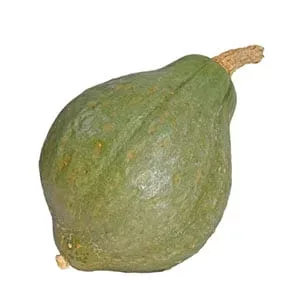
Baby Blue Hubbard
This large squash is great for satisfying big groups! Its bright orange flesh has a smooth, nutty flavor and a starchy texture, similar to a baked potato.
Best uses: baked, mashed, and topped with butter, salt, and pepper
Special varieties: “Red Kuri”, much smaller with a striking red-orange rind, with nutty flavors much more pronounced. A little easier to puree than the Baby Blue.
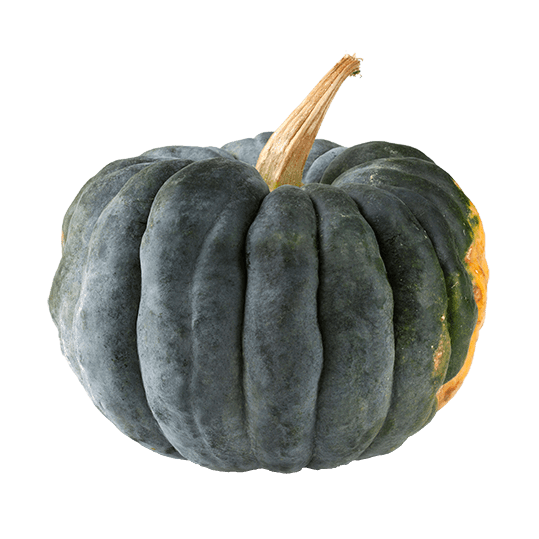
Black Futsu
This squash may look bumpy and wrinkled, but its smooth and nutty taste is anything but. This Japanese heirloom is great both for decor and food. It’s unique shape is sure to delight all.
Best uses: roasted, puréed, or fried in tempura batter
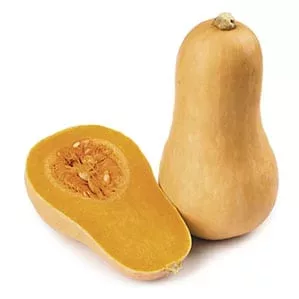
Butternut
The butternut’s pale orange rind and distinctive bell shape makes it easily recognizable. Its bright orange flesh is sweet and nutty, with a smooth texture that falls apart as it cooks. The rind is soft and edible, but is generally peeled before use.
Best uses: soups, purees, sauces
Special varieties: “Autumn Frost”, its much thicker rind makes this one last longer, but bakes a bit different. This one is best stuffed and roasted.
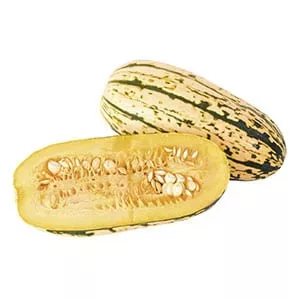
Delicata
The delicata’s rich, sweet yellow flesh evokes a whole host of fall flavors, resembling chestnuts, corn, and sweet potato. This one cooks fast and the rind is perfectly edible. Its thin skin means the shelf-life is a bit shorter, so pick these ones up early in the season.
Best uses: sautéed until caramelized, broiled, or glazed and baked
Special varieties: “Honeyboat”, like the name implies, is a sweeter type of Delicata that still roasts exceptionally well.

Kabocha
Kabocha has smooth and dense flesh, and is very in both sweetness and texture to a sweet potato, and cooks remarkably similar as well.
Best uses: curries, soups, or fried with tempura batter
Special varieties: “Orange”, tends to be a bit sweeter. “Grey”, tends to be a bit nuttier. “Winter Blush”, remarkable for its pink rind and blue starred bottom, slightly sweeter flesh, and longer shelf life.
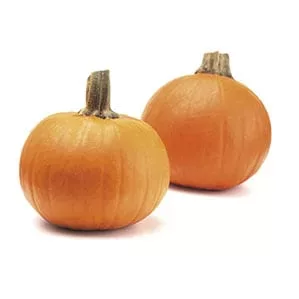
Pie Pumpkin
The pie pumpkin is a mildly sweet squash with a rich pumpkin flavor, perfect for pies and baked goods. Generally smaller than carving pumpkins, these are cultivated for sweetness.
Best uses: pies, custards, baked goods, curries and stews
Special varieties: “Winter Luxury”, this variety has a silkier texture, making it even better for pies and purées.
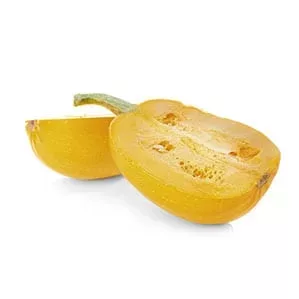
Spaghetti
The spaghetti’s pale golden interior is stringy and dense, and this is why we love it. After halving and baking, use a fork to pry apart cooked flesh, which will now resemble freshly cooked pasta.
Best uses: baked, separated, then dressed as you would pasta
